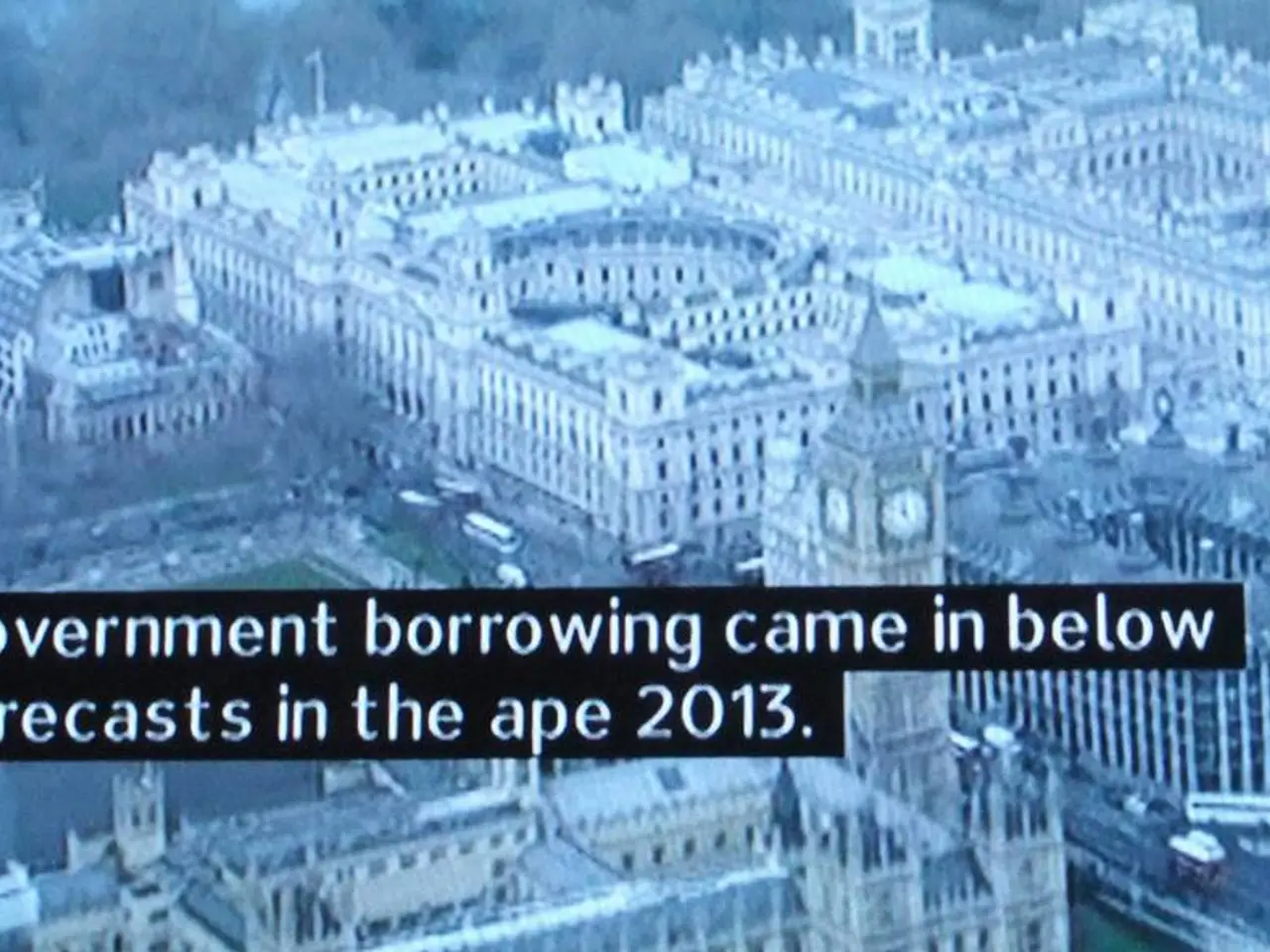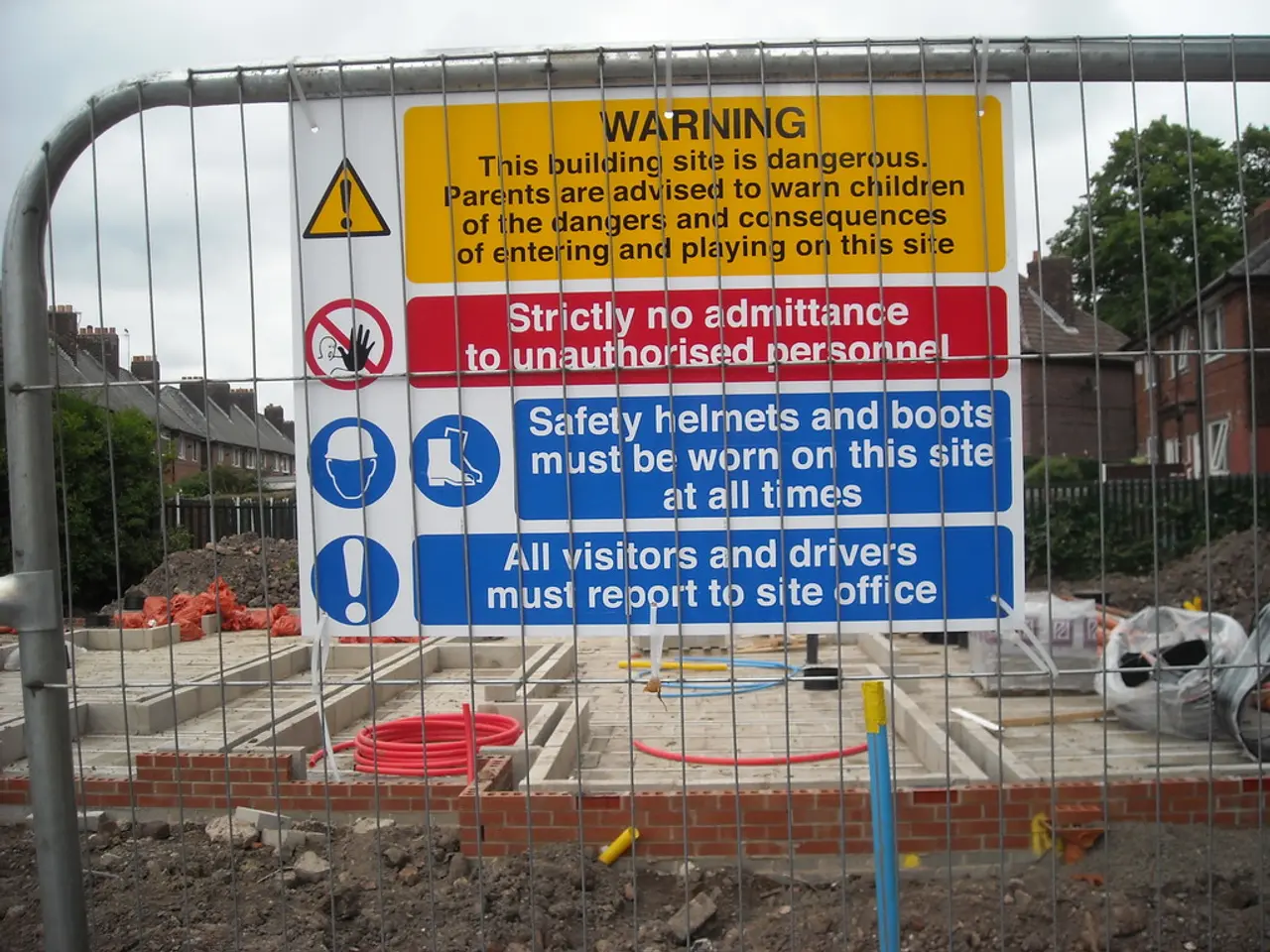Skyline Transformation in Baghdad: Soaring Structures Symbolize Advancement Yet Raise Questions About Expense
========================================================================
Baghdad, the Iraqi capital, is undergoing a dramatic transformation, with the construction of numerous high-rises reshaping the city's skyline. This rapid urban development, however, is causing concern among some residents and urban designers, who argue that it is disrupting the city's traditional urban fabric and impacting its residents.
The introduction of high-rises is replacing low-rise, traditional structures, erasing historical aesthetics and social spaces that once fostered community interaction. The city's long-standing architectural character—defined by ornate wooden balconies, brick facades, inner courtyards, and shaded alleys—is being replaced by towering residential towers and modern complexes.
This transformation, driven largely by economic interests and speculative investment, prioritizes growth and profit over cultural heritage and community well-being. Rapid densification without adequate planning is leading to uncoordinated development that may strain infrastructure and public services.
The new developments often neglect the human element and cultural significance, potentially alienating residents and weakening social cohesion, as traditional lifestyles and neighborhood networks are undermined. Residents are surprised by the construction of towering high-rises, as tall as 20 storeys, which are seen as alien to the city's traditional urban planning.
Property prices in Baghdad have soared over the past 10 years, making it difficult for middle-class Iraqis to afford homes in the new complexes, which range from around $1,000 to nearly $6,000 per square metre. The construction of these high-rises has led to a dismantling of Baghdad's original urban fabric, as steel gates now seal off many of them, creating more private enclaves.
Critics argue that construction in Baghdad is driven by abstract concepts like growth and profit rather than cultural significance or the well-being of the city residents. Baghdad resident Saad Hameed criticizes the push for such projects, questioning if they are suitable for Baghdad's social and cultural context, as they resemble cities like Dubai or Istanbul.
Political elites and well-connected developers are driving up land prices through speculative projects, using property as a vehicle to park wealth in a volatile economy. This unregulated development prioritizes money and speculative investments over the human element, says urban designer Noor Makiya.
Despite the concerns, the high-rises are seen as symbols of normality, economic revival, and a solution to a housing crisis. Some residents welcome the change, citing improved living conditions such as cleanliness, security, and stable public services.
However, Baghdad resident Hameed laments the loss of the city's traditional characteristics, such as date palms, children playing in courtyards, and close-knit social relationships. He compares the city's current state to it choking. Hameed expresses a desire for change, but only if it is well-planned and considers preserving the city's tradition and memory, to avoid forgetting its past.
Structural engineer Hazem Mohamed emphasizes that Baghdad's unique spirit is at risk due to the construction of residential complexes within traditional neighborhoods. Some residential complexes have been built within existing residential neighborhoods, which are originally traditional Baghdadi areas.
In summary, while high-rise construction in Baghdad signals economic revival and modernization, it simultaneously threatens the city's historic urban patterns and affects residents' social and cultural ties, often without sufficient urban planning or sensitivity to local context.
The transformation of Baghdad's skyline, with the construction of high-rises, is a matter of global interest in the world news, as it involves the economy and finance, particularly with the soaring property prices in the city. The rapid urban development, however, has sparked debates among residents and urban designers, highlighting concerns about its impact on the city's traditional urban fabric and cultural heritage. The introduction of modern real-estate complexes has raised questions about their suitability for Baghdad's social and cultural context, with critics arguing that they resemble cities like Dubai or Istanbul rather than preserving the city's unique character.




